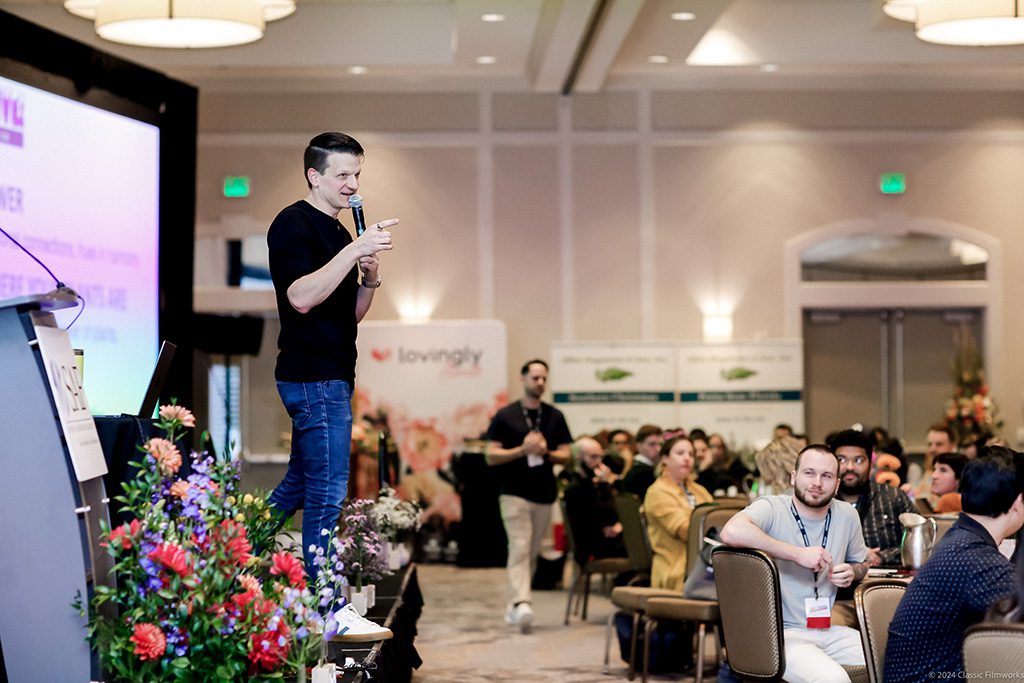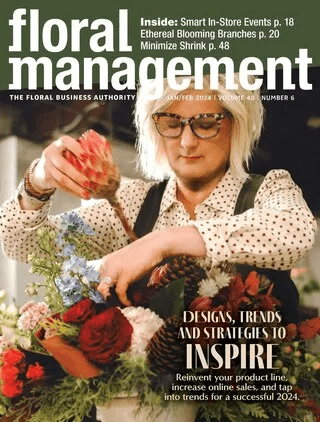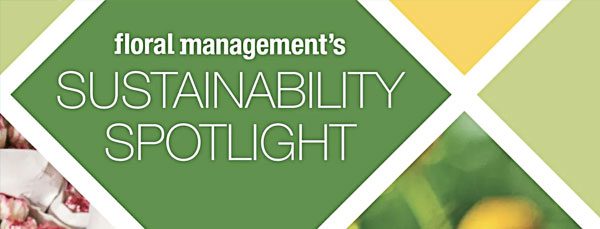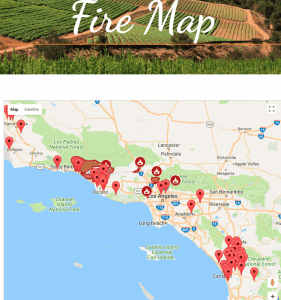
The California Cut Flower Commission created an interactive map to share how close wildfires are to industry farms
Late last week found Michael A. Mellano watching the news — and the winds — extra carefully.
For days, wildfires had been threatening homes and businesses across Southern California. By 11:15 a.m. on Thursday, a small cloud of smoke could be seen rising about 10 miles east of the Mellano & Company San Luis Rey Ranch in Oceanside. At 2 p.m., the fire was growing rapidly and moving directly toward the farm. With the Santa Ana winds gusting up to 60 mph, the risk from the newly named Lilac Fire in Bonsall was too high: Mellano & Company closed its Oceanside Ranch, the company’s main farm and distribution point.
“We watched the winds and the fire just kept creeping closer,” Mellano said. “We wanted to be safe and make sure our team members were all able to get home to their families.”
Mellano evacuated his own home (alongside his wife, son and dogs) that same day, hitting the road about 30 minutes before a mandatory evacuation order went into effect. “We packed up things that were irreplaceable and made it out before traffic got really backed up,” he said.
The fire eventually made it within a couple hundred yards of Mellano’s home and about a mile of the ranch by Friday morning, but that’s as close as it got. By Saturday morning, a skeleton crew was able to make it back to the farm to get operations up and running.
“We were blessed to come through unscathed, without any damage,” said Mellano.“Our firefighters are truly amazing; I have no idea how they did it. We had power back by Saturday, and thanks to our dedicated team, we were back in business with very few issues.”
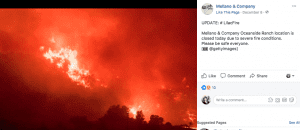
By around 11:15 a.m. on Thursday, a small cloud of smoke could be seen rising about 10 miles directly east of the Mellano & Company San Luis Rey Ranch in Oceanside. At 2 p.m., the fire was growing rapidly and moving directly toward the farm.
That’s the kind of (relieved) message many California flower growers are sharing this week, after wildfires threatened parts of the state known as America’s flower basket.
“We haven’t received any reports of production loss or farms lost due to the fires in Southern California,” said Kasey Cronquist, California Cut Flower Commission CEO and ambassador. “The most important thing for [industry members] to know is that we’re open for business.”
As for challenges from smoke and ash, Cronquist said growers in affected areas may be in a better position than other industries, such as vineyards and produce farms, because hoop houses and greenhouses offer protection.
To better communicate with industry members concerned about the effects of the Lilac Fire and the Thomas Fire, in Ventura and Santa Barbara counties, CCFC created an interactive map and conducted a series of interviews with growers, shared via social media.
“The news footage of the fires has been very dramatic, and it’s certainly a dangerous situation, but we’ve been very fortunate,” Cronquist said. “We appreciate everyone’s support — and the best support is to keep on supporting our California growers as we all get back to normal.”
CCFC recently took part in a philanthropic dinner to raise money for wine country businesses hit hard by an earlier round of wildfires in California.
Visit ccfc.org/fires for ongoing updates.
At press time, E-Brief editors were still reaching out to florists in affected areas. Cindy Castaneda, manager at Mayesh Wholesale’s Oxnard, California, location, said her office was safe, but “quite of few of our flower shop and families were evacuated when it was in Ventura, some properties were lost.” Some Mayesh customers in Carpentaria and Santa Barbara also have been evacuated. “We are hoping for the best,” she said.
Look for more information in future SAF publications. Have a story to share? We want to hear it. Email mwestbrook@safnow.org.






